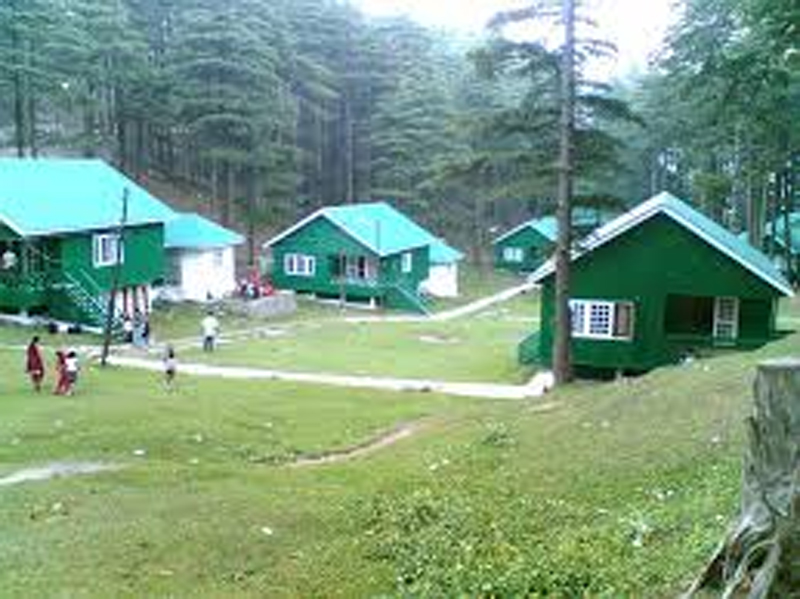Even after the elapse of more than a decade, the revision of the Patnitop Master Plan 2000 remains unfinished, primarily due to the lack of essential cooperation from the Town Planning Organisation in aiding the Patnitop Development Authority (PDA) to finalise the draft prepared by the Centre for Environment Planning and Technology (CEPT). It is of paramount significance to note that the Supreme Court imposed an absolute ban on any new construction within a distinct Patnitop area until ecological equilibrium is re-established. The resultant consequence is a significant obstacle to the commensurate growth of Patnitop, notwithstanding the escalating number of tourists. Other distant tourist locales of the UT have made substantial advancements, surpassing Patnitop. This outcome persists despite Patnitop being one of India’s preeminent tourist destinations. Despite nearby Katra attracting over one crore pilgrim tourists, regrettably, Patnitop has not garnered the due acknowledgement and tourist influx it deserves, primarily due to the dearth of essential amenities. Over time, the local population has also burgeoned, necessitating the expansion of localities. Nevertheless, severe impediments stemming from specific clauses of the Master Plan and the Supreme Court’s judgement have hindered individuals from obtaining the requisite clearances for constructing houses and structures, even in areas far away from the restricted zone designated by the Supreme Court. The demography of the region under the purview of the Patnitop Development Authority spans two districts, Ramban and Udhampur, further complicating the administrative landscape. Coordinating the diverse requirements of these districts proves to be a herculean task.
In light of these myriad challenges, the Patnitop Development Authority embarked on an initiative in 2011 to revise the Master Plan, entering into an agreement with the Centre for Environmental Planning and Technology (CEPT) to conduct a survey and propose a revised Master Plan. From that juncture to the present, the process has been akin to a futile, repetitive cycle, with files in perpetual motion but devoid of tangible outcomes. The principal impediment lies in the Town Planning Organisation itself. It is imperative to underscore that this revised plan pertains solely to a 250-square-kilometre area, further compounded by the complexity of integrating an additional 242 square kilometres under the Patnitop Development Authority’s jurisdiction in 2012. As a result, a distinct revision of the Master Plan for this newly added area remains pending. Pragmatically, Patnitop’s development remains stagnant after the Supreme Court’s ruling due to conspicuous bureaucratic reasons. Neither a conclusive report has been submitted to the Supreme Court for clearance nor have there been alterations to the Master Plan to facilitate construction in other regions.
A succession of CEOs has taken the helm of the PDA, but their tenacious efforts to secure approval for the revised Master Plan have been consistently stymied. Regrettably, the Town Planning Organisation has not furnished the requisite clearances. Even the intervention from the Divisional Commissioner’s office has failed to yield any tangible impact on the final resolution. It is transparent that the higher echelons of authority are well-acquainted with the existing predicament, yet limited efforts have been invested in resolving the issue. The persistent inability of authorities to comprehend the seriousness of the situation, coupled with their puzzling tendency to indefinitely postpone the matter without a discernible rationale, defies traditional comprehension. This vexing situation demands a proper inquiry to discern whether a clandestine conspiracy lurks beneath the quagmire, deliberately impeding the progress of Patnitop’s development. In this context, the highest authorities of the Union Territory administration should intervene and expeditiously pursue the approval of revised Master Plans for both regions under the PDA. The development of Patnitop is an imperative and a much-needed stimulus for the augmentation of tourism in the Jammu Division.
Trending Now
E-Paper


